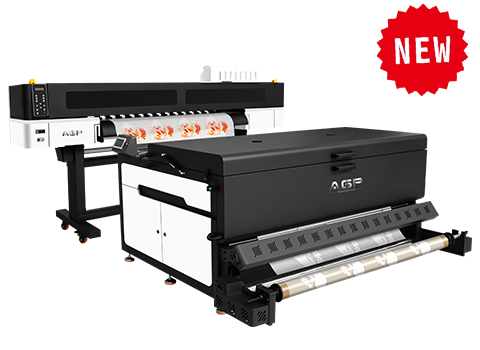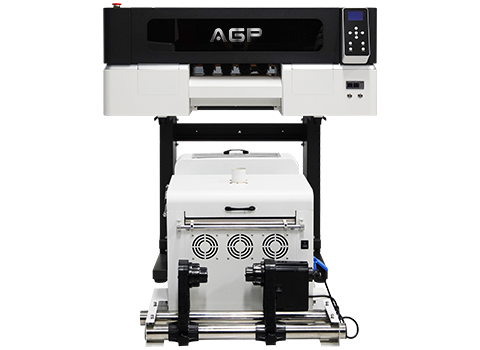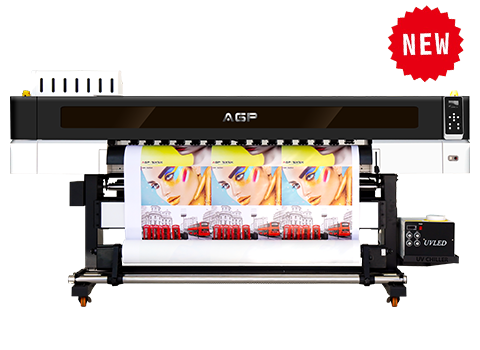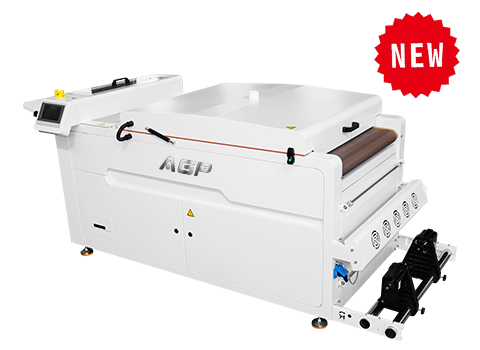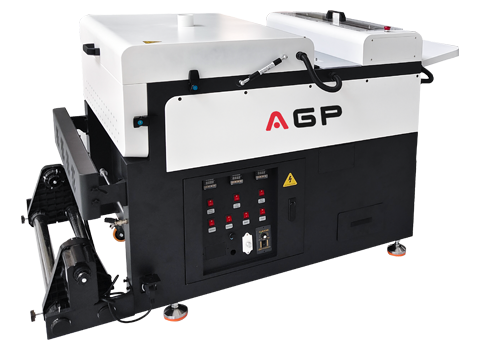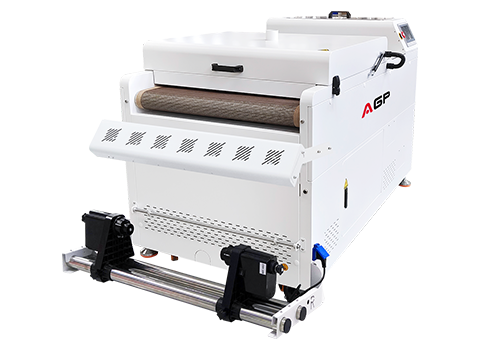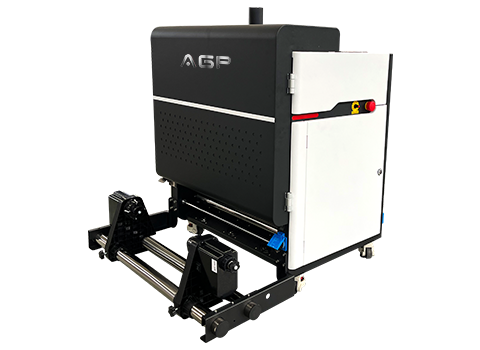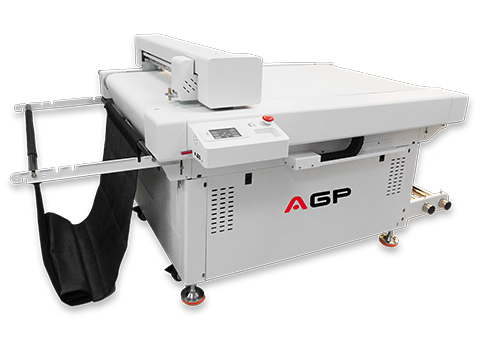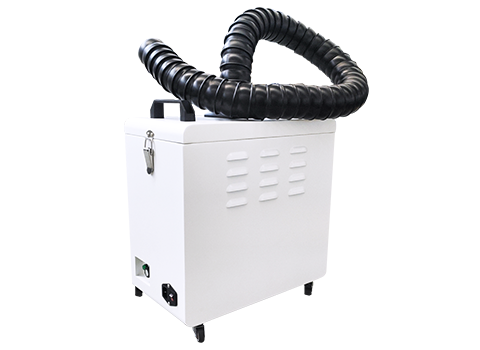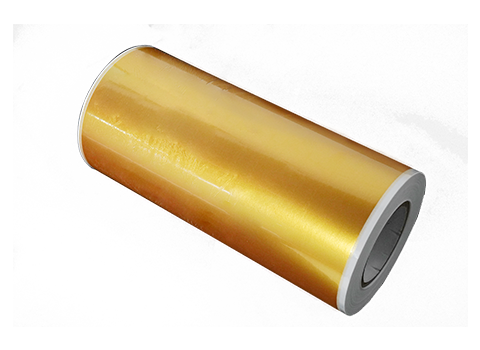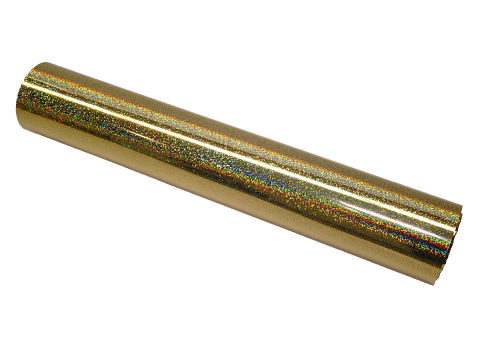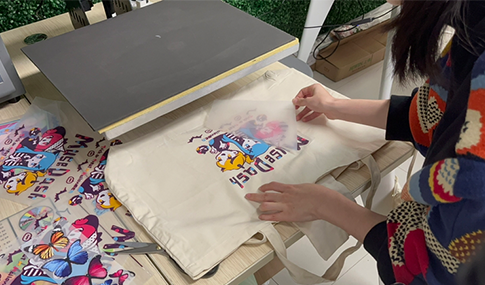
The Sublimation Process
Sublimation is a chemical process. In simple(r) terms, it is where a solid turns into a gas, immediately, without passing through the liquid stage in between. When questioning what is sublimation printing, it helps to realize that it refers to the dye itself. We also call this dye-sublimation, as it is the dye that changes state.
Sublimation Print generally refers to sublimation printing, that is, Thermal sublimation printing.
1. It is a transfer printing technology that transfers the color pattern on the pattern to the plane of clothing or other receptors through high temperature.
2. Basic parameters: Sublimation printing is a transfer printing technology, which refers to printing pigments or dyes on paper, rubber or other carriers. According to the above requirements, the transfer paper should meet the following standards:
(1) Hygroscopicity 40--100g/㎡
(2) The tear strength is about 100kg/5x20cm
(3) Air permeability 500---2000l/min
(4) Weight 60--70g/㎡
(5) ph value 4.5--5.5
(6) Dirt does not exist
(7) The transfer paper is preferably made of softwood pulp. Among them, the chemical pulp and the mechanical pulp are each better. This can ensure that the decal paper will not become brittle and yellow when treated at high temperature.
Transfer Print
That is, transfer printing.
1. One of the textile printing methods. Started in the late 1960s. A printing method in which a certain dye is first printed on other materials such as paper, and then the pattern is transferred to the fabric by hot pressing and other methods. It is mostly used for the printing of chemical fiber knitwear and clothing. Transfer printing goes through processes such as dye sublimation, migration, melting, and ink layer peeling.
2. Basic parameters:
Dyes suitable for transfer printing should meet the following conditions:
(1) The dyes for transfer printing must be fully sublimated and fixed on the fibers below 210 °C, and can obtain good washing fastness and ironing fastness.
(2) The dyes of transfer printing can be fully sublimated and transformed into gas-phase dye macromolecules after being heated, condensed on the surface of the fabric, and can diffuse into the fiber.
(3) The dye used for transfer printing has a small affinity for the transfer paper and a large affinity for the fabric.
(4) The dye for transfer printing should have bright and bright color.
The transfer paper used should have the following characteristics:
(1) There must be sufficient strength.
(2) The affinity for color ink is small, but the transfer paper must have good coverage for ink.
(3) The transfer paper should not be deformed, brittle and yellowed during the printing process.
(4) The transfer paper should have proper hygroscopicity. If the hygroscopicity is too poor, it will cause the color ink to overlap; if the hygroscopicity is too large, it will cause the deformation of the transfer paper. Therefore, the filler should be strictly controlled when producing transfer paper. It is more suitable to use the semi-filler in the paper industry.
Sublimation vs Heat Transfer
- We can see the difference between DTF and Sublimation.
- DTF uses PET film as the medium, while Sublimation uses paper as the medium.
2.Print Runs – Both methods are well suited to smaller print runs, and due to the initial costs of dye-sub, if you are only even going to print one t-shirt every couple of months, then you may find heat transfer is better for you.
3.And DTF could use white ink, and Sublimation doesn’t.
4. The foremost difference between heat transfer and sublimation is that with sublimation, it is only the ink that transfers onto the material. With the heat transfer process, there is usually a transfer layer that will be transferred to the material as well.
5.The DTF transfer can achieve photo-quality images and is superior to sublimation. The image quality will be better and more vivid with the higher polyester content of the fabric. For DTF, the design on the fabric feels soft to the touch.
6. And Sublimation is not workable on cotton fabric, but DTF is available on almost every kind of fabric.
Direct to Garment (DTG) vs Sublimation
- Print Runs – DTG is also suited to smaller print runs, similar to sublimation printing. You’ll find however that the print area needs to be much smaller. You can use dye-sub to entirely cover a garment in print, whereas DTG limits you. Half a meter square would be a push, it is advisable to stick to around 11.8″ to 15.7″.
- Details – With DTG the ink disperses, so graphics and images with details will appear more pixelated than they do on your computer screen. Sublimation printing will give sharp and intricate detailing.
- Colors – Fades, glows and gradients cannot be reproduced with DTG printing, especially on colored garments. Also due to the color palettes used bright greens and pinks, and metallic colors can be an issue. Sublimation printing leaves white areas unprinted, whereas DTG uses white inks, which is handy when you don’t want to print on white material.
- Longevity – DTG literally applies the ink directly to the garment, whereas with sublimation printing the ink permanently becomes part of the garment. This means that with DTG printing you might find that your design will wear, crack, peel, or rub off over time.












































































































